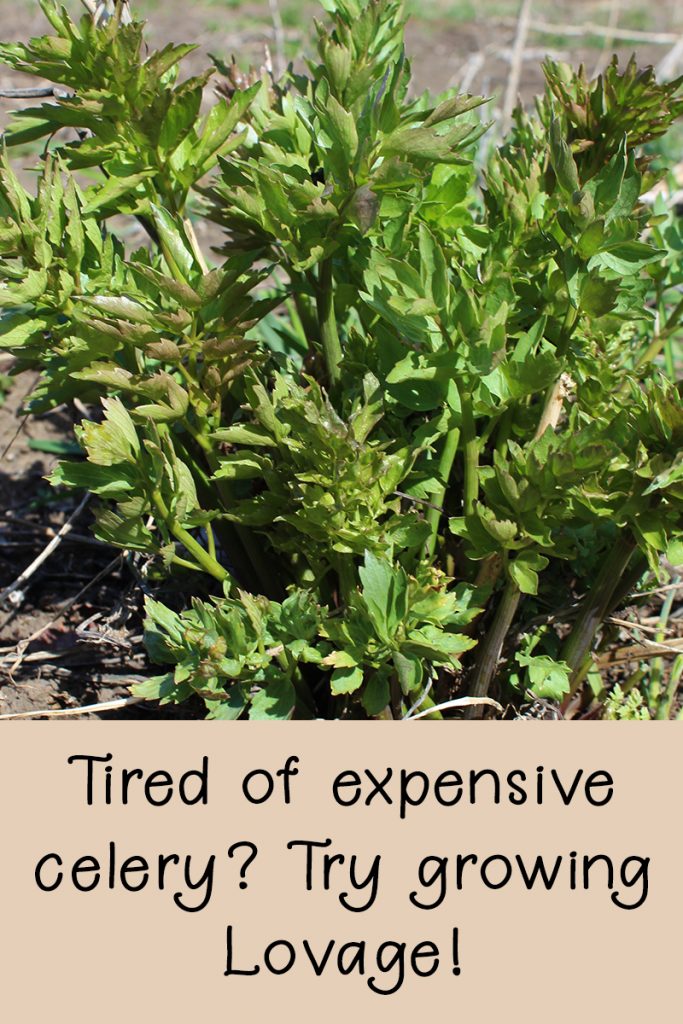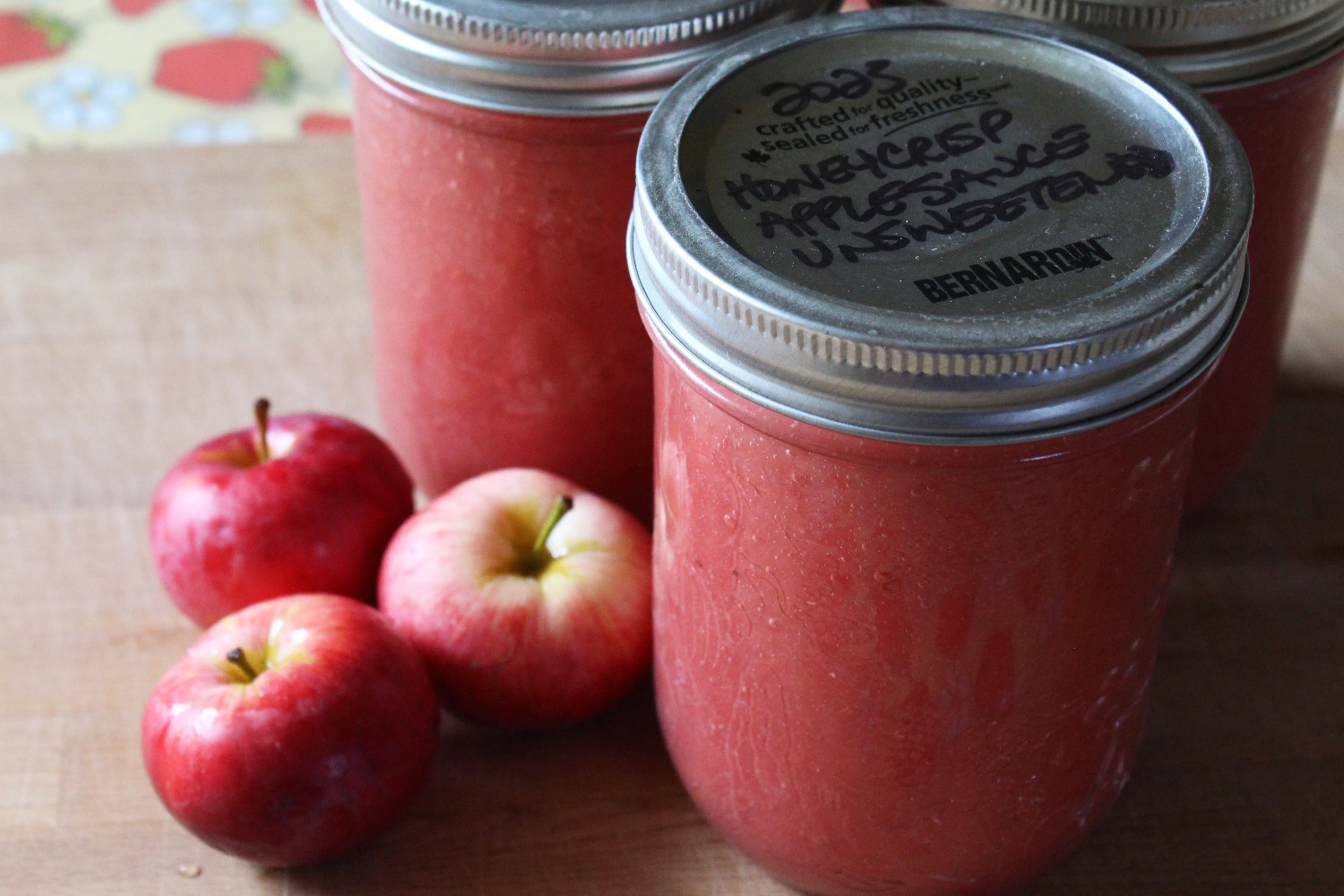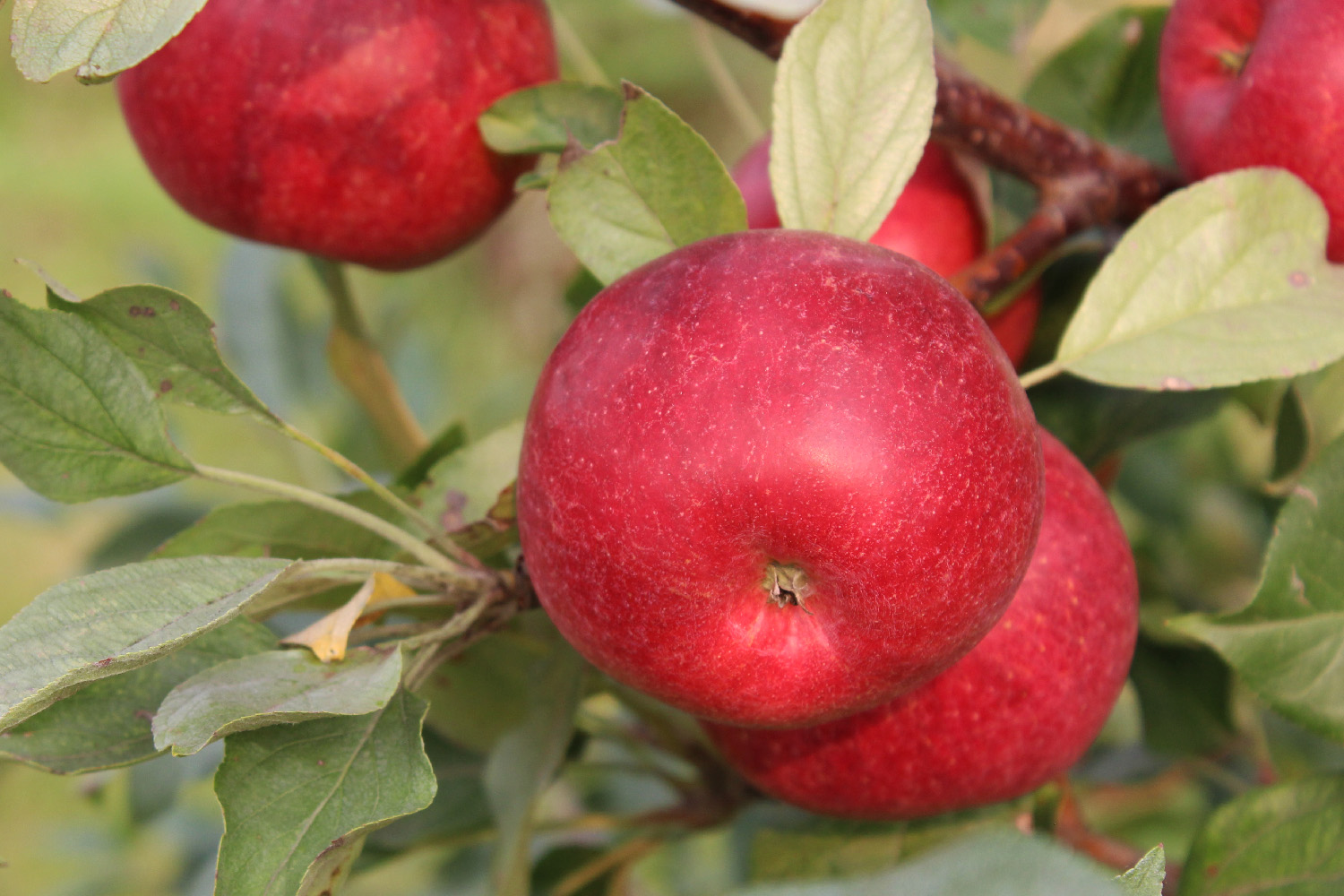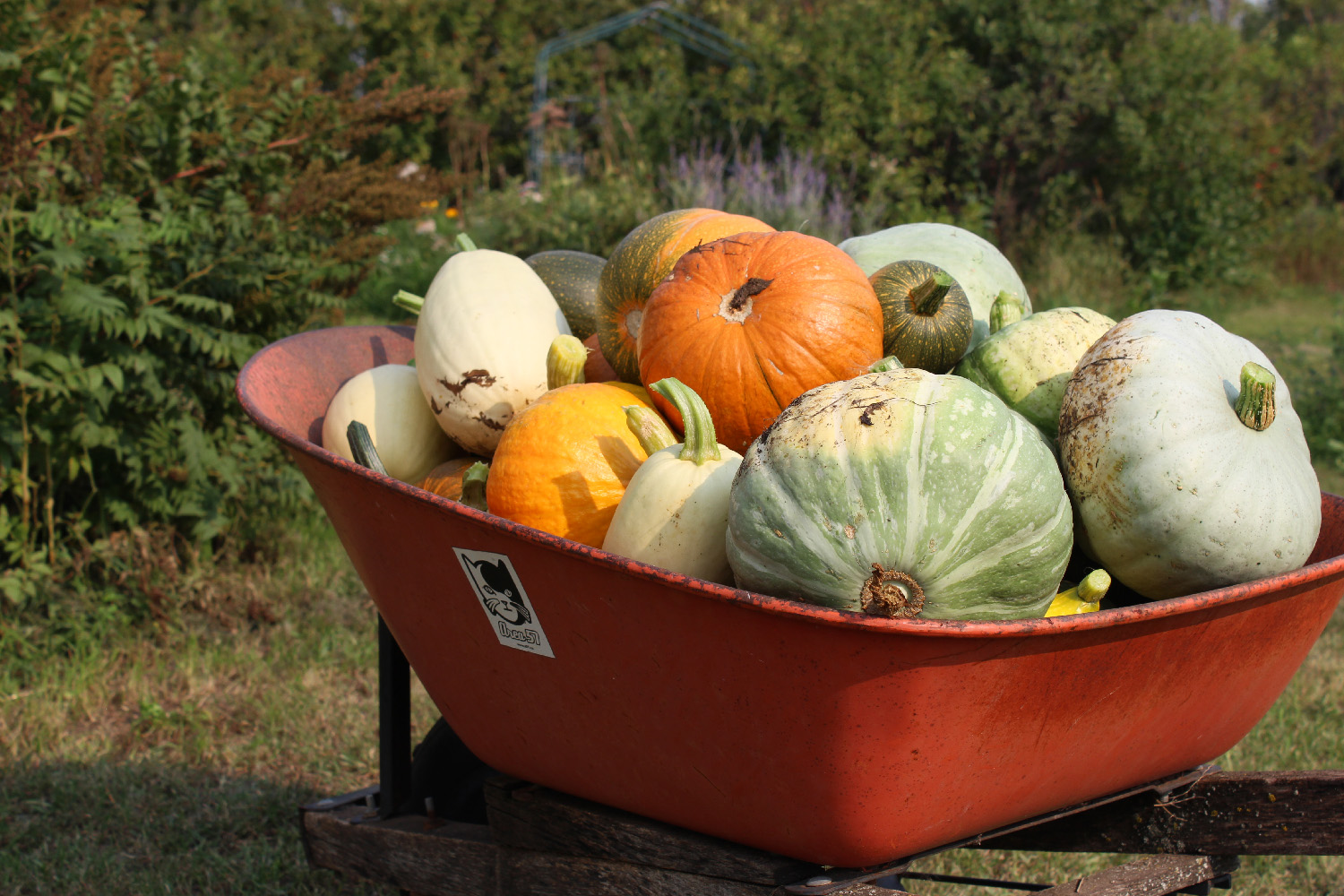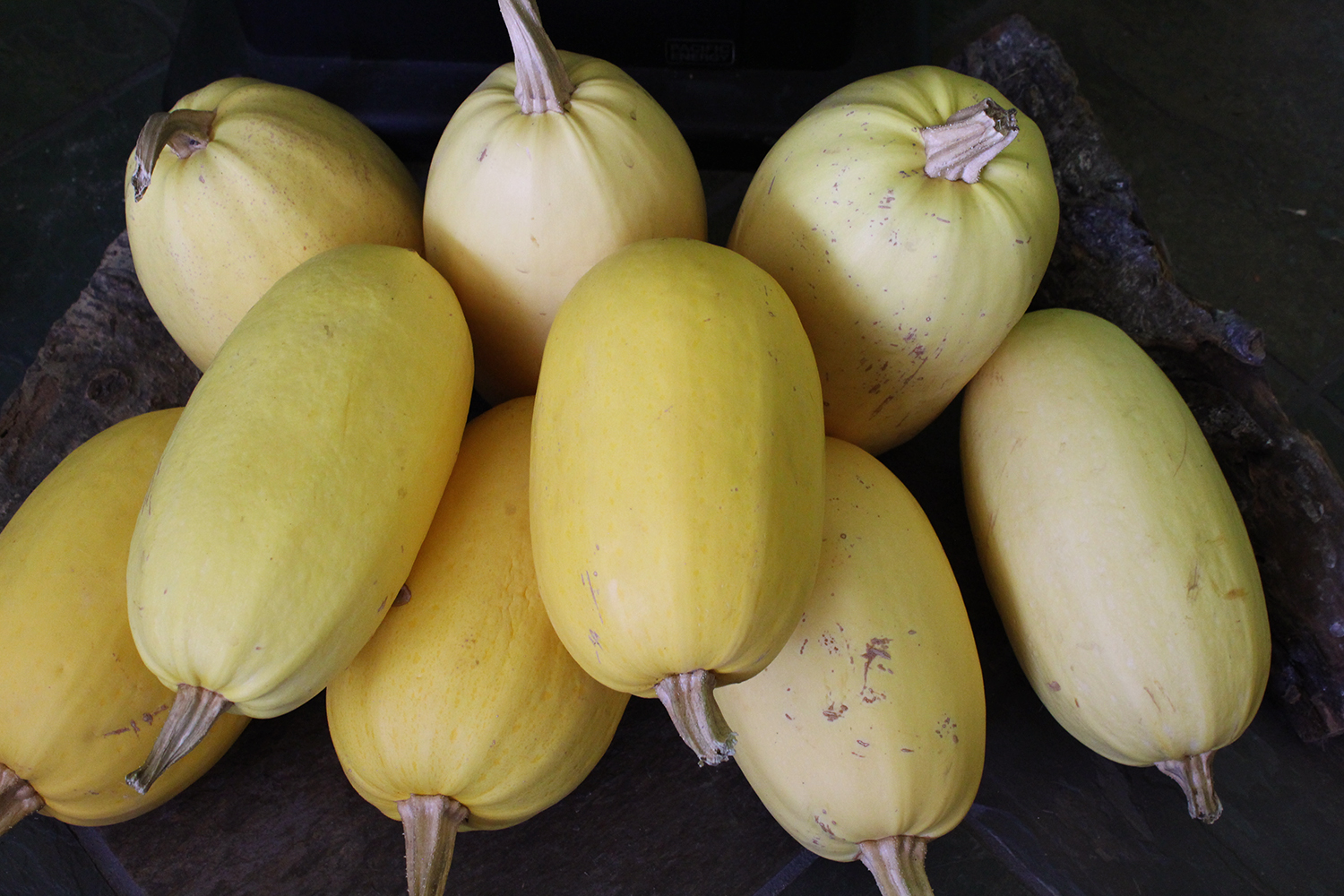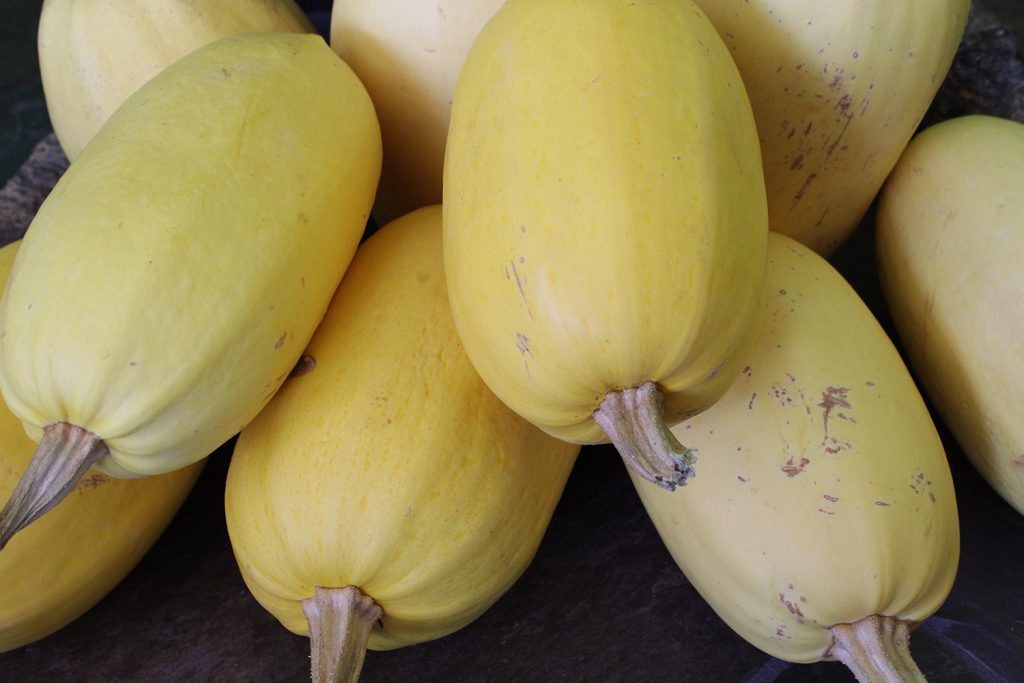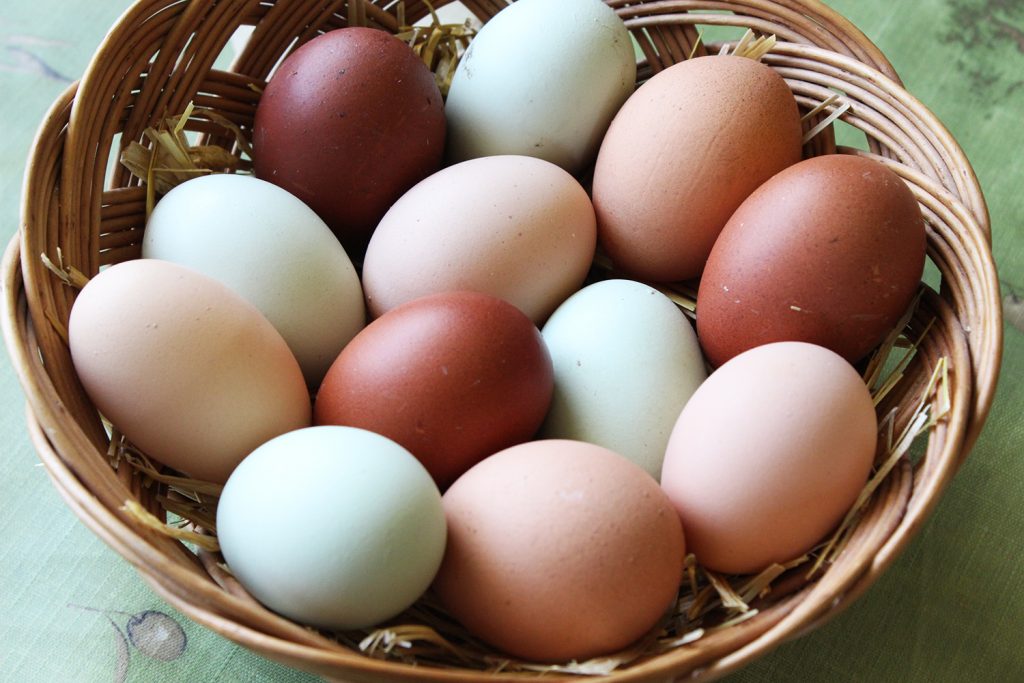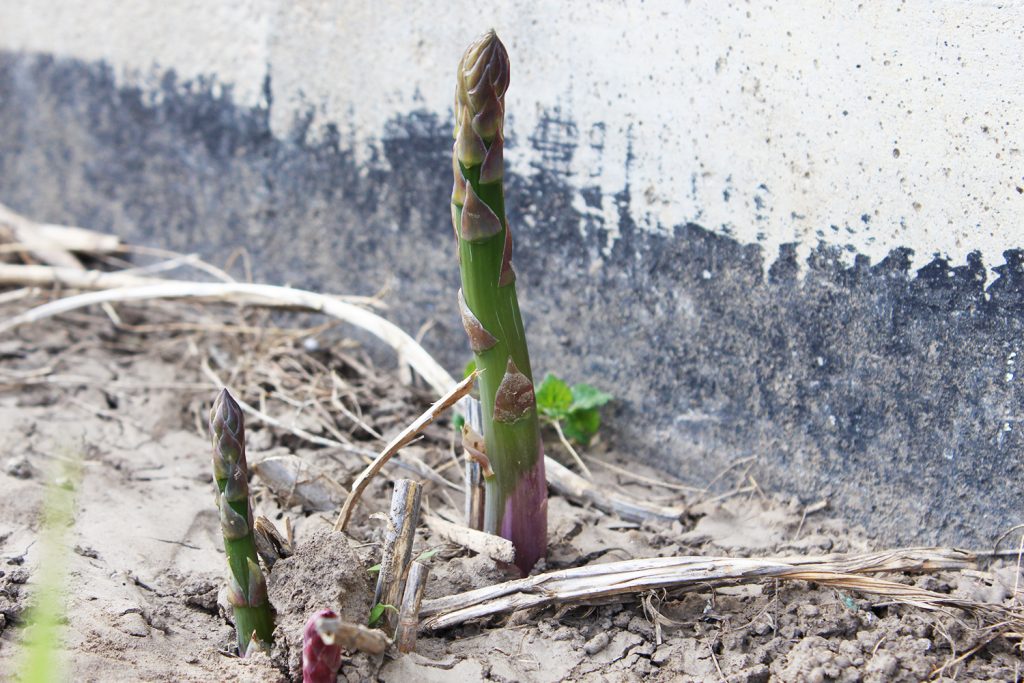Tired of Expensive Celery? Try Growing Lovage!
May 22, 2019 | Gardening, Seasonal Food | No Comments

I’ve read a few news stories lately that lament the price of celery, which has more than doubled in some places, recently. My town has definitely been hit by the expensive celery bug, which can be a nuisance when we go to make soup stock!
On the bright side, our lovage plant is up, now, so we don’t actually have to buy celery, at least for the rest of the summer. Probably the fall and winter, too, if I get organized enough to dry some later, when the plant is bigger.
What is lovage, you ask?
Lovage is a large perennial herb that is hardy to at least zone 3. Wikipedia says it can grow as large as 8 feet tall, though I doubt it would reach that here, in our short season. All parts of the plant have uses, either in cooking or medicinally; the leaves, in particular, have a strong, sharp celery flavor that is spectacular in broths and soups.
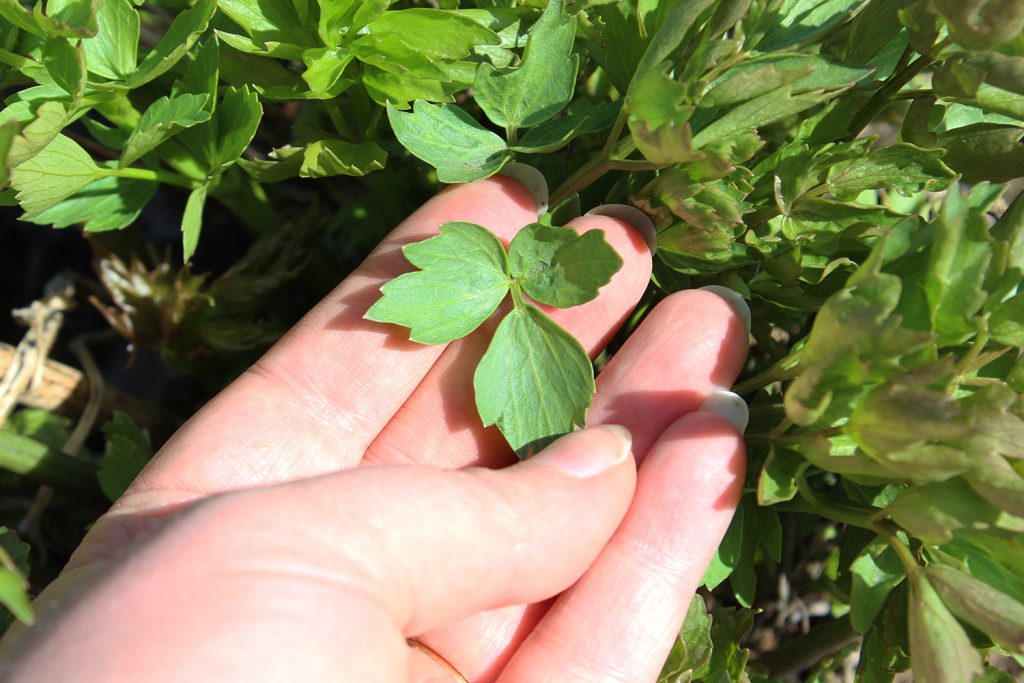
So, if you’re not willing to pay for expensive celery, consider growing lovage!
We started our lovage plant from seed last spring, and it was easy enough to do. I started it in a peat pot a few weeks before last frost, and planted it our later in the spring, once all danger of frost had passed. Once established, the plant can take some cold weather, but the seedlings seem to need a little pampering to really get going. It’s a little late to start seeds, though I’d imagine if you started them in the house and planted them out before midsummer, the plant would probably still have enough time to get established before winter. I have seen lovage available at greenhouses from time to time, as well.
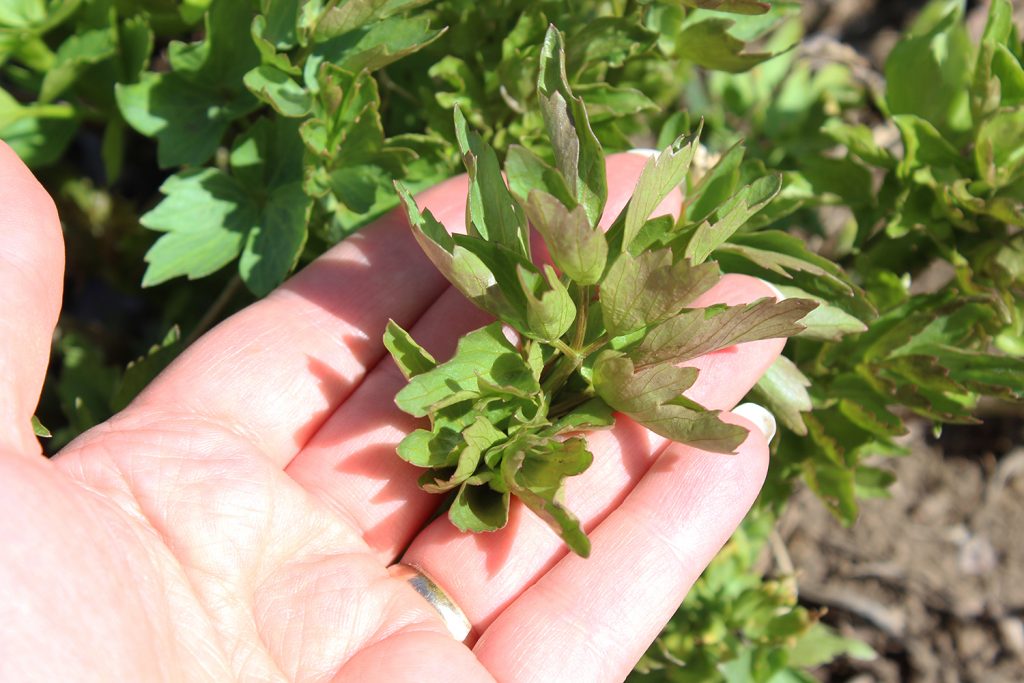
Our lovage is planted in full sun, though I’ve read that they can handle part shade. We put ours in a corner of the vegetable garden, in good soil, which it seems to appreciate. We watered it regularly through last summer, but we haven’t watered it at all so far this spring, and it has been really dry; the plant shot up about a week ago, despite the dry conditions, and looks unperturbed with the heat and dry weather. Based on our experience so far, growing lovage is very easy, and it doesn’t seem to need a huge amount of care, nor does it appear to have significant problems with pests.
We have mostly just used lovage as a replacement for celery, but a little goes a long way; a couple of sprigs will flavor a large pot of soup. For the more adventurous, you can find some interesting lovage recipes here.
